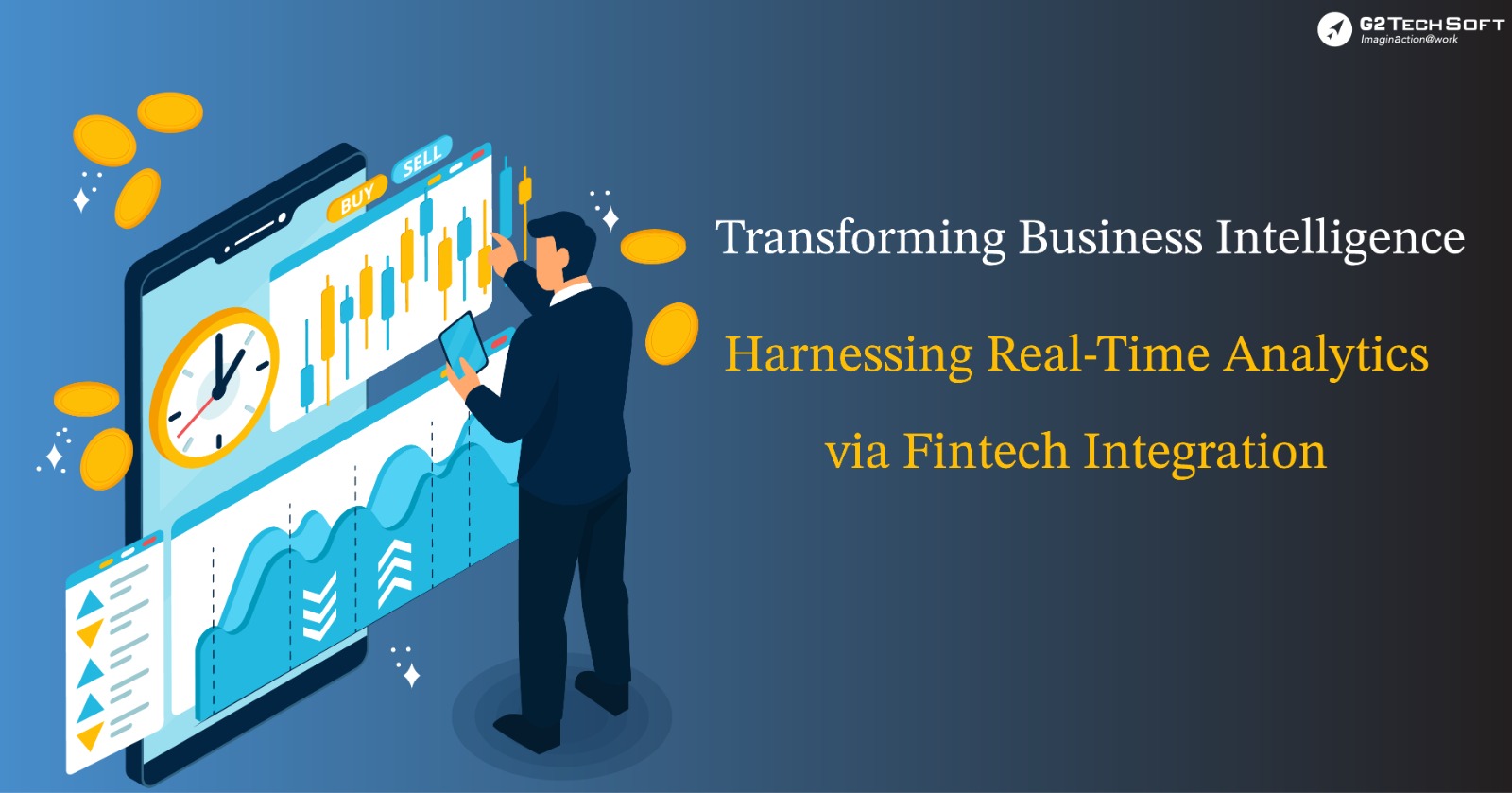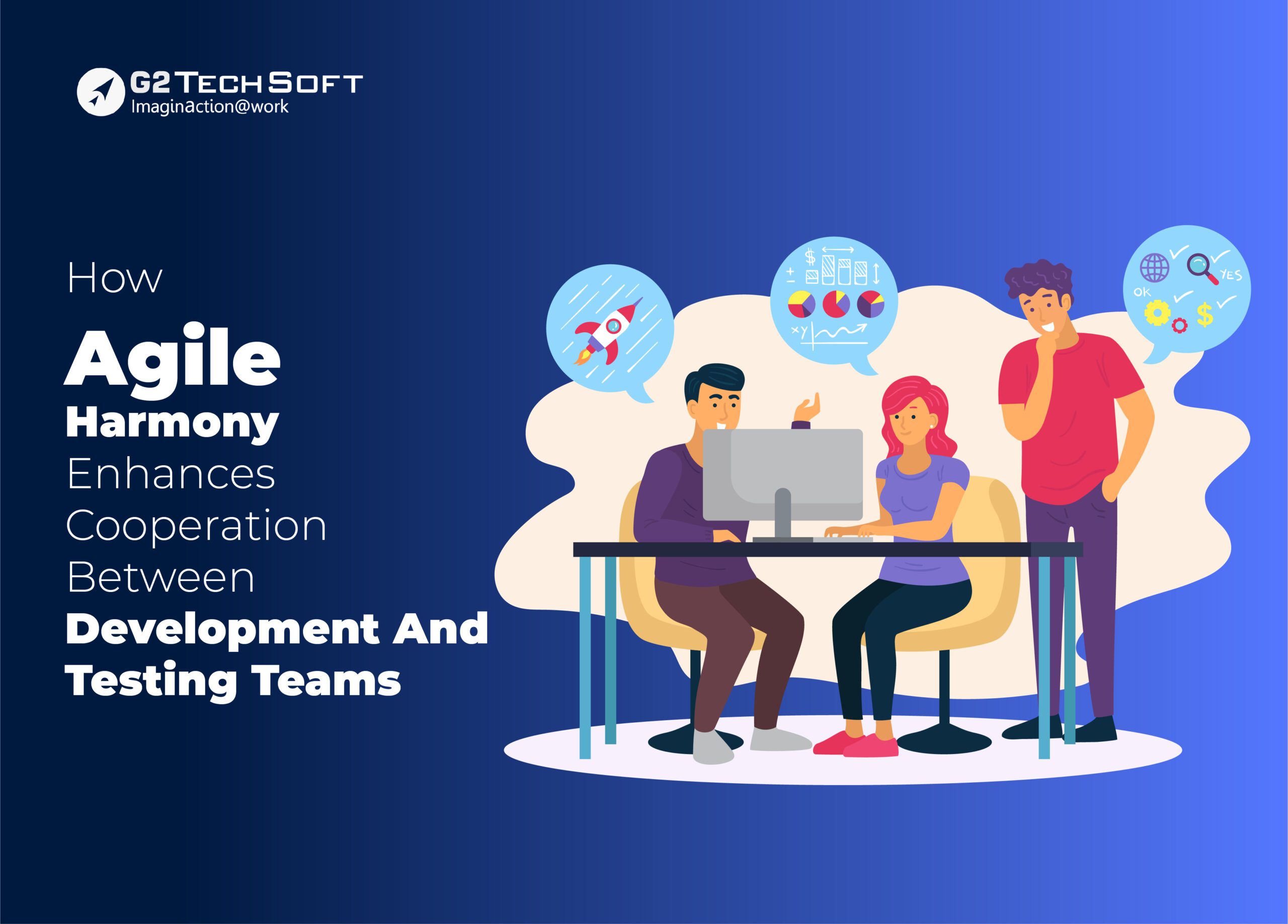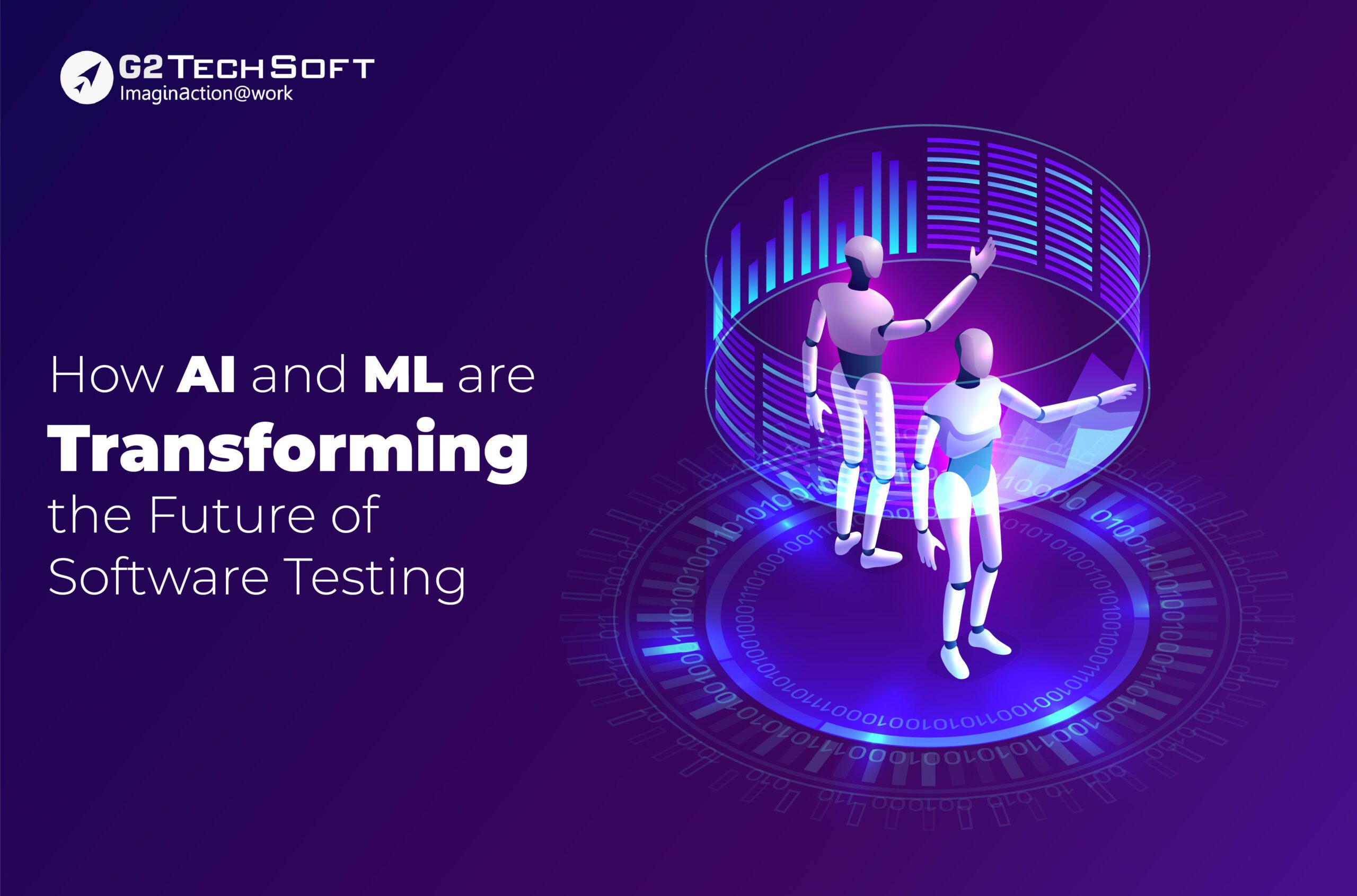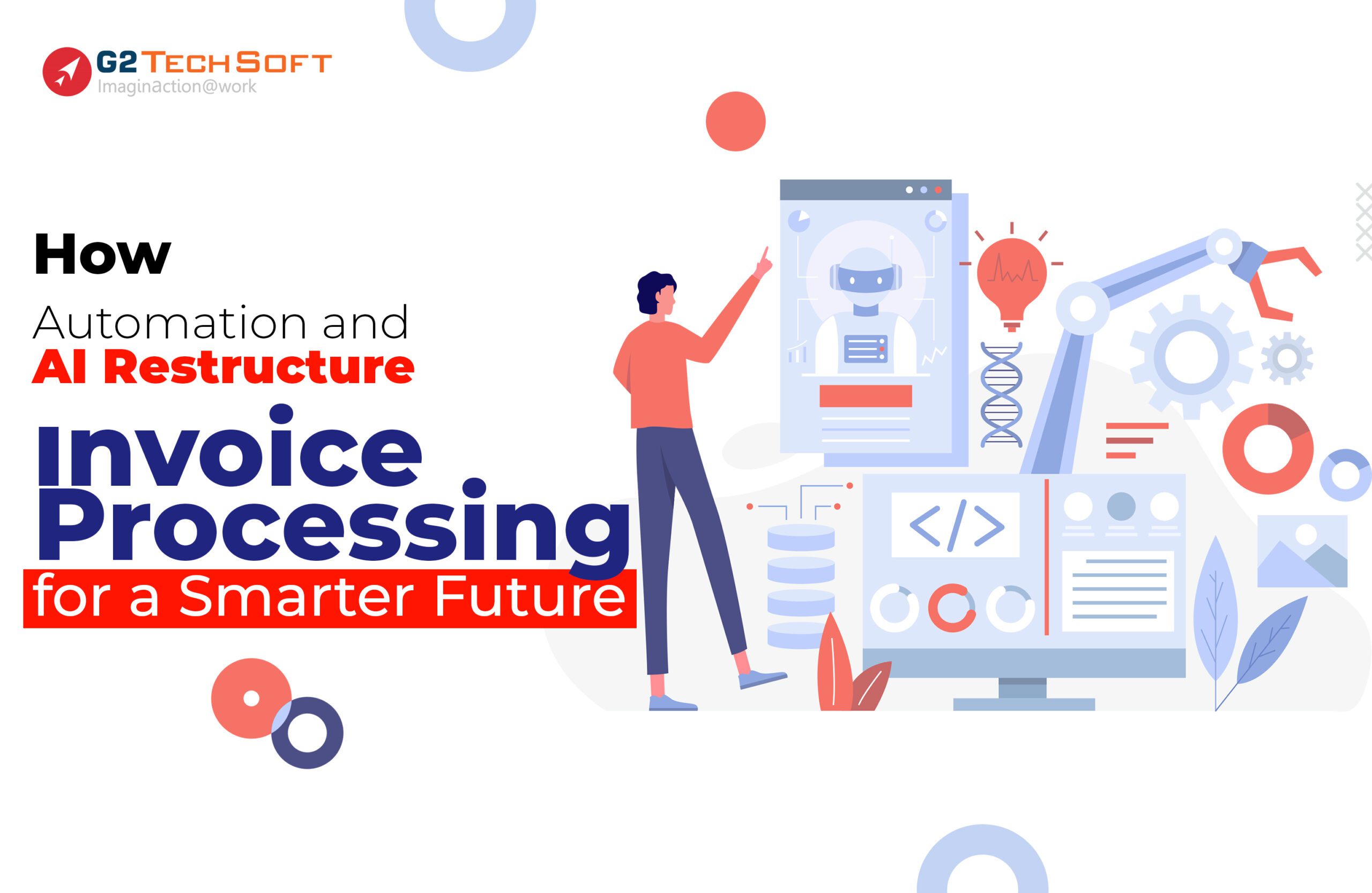
Transforming Business Intelligence: Harnessing Real-Time Analytics Via Fintech Integration
Firms across all industries are increasingly relying on data and analytics to gain insights and drive decision-making. One area that has seen tremendous transformation is the financial technology industry. Fintech firms are at the forefront of leveraging real-time data analytics to boost operations and customer experiences.
According to a Forbes report, over 80% of fintech firms now employ real-time analytics platforms to gain insights from customer data. It has helped boost customer retention by over 15% on average.
Real-time data analytics refers to the process of continuously analyzing data streams as they are generated to gain insights and make decisions in real-time. For fintech firms, the ability to access and analyze vast amounts of customer, transactional, and market data in real-time provides several benefits. It will permit them to monitor trends and detect opportunities and risks quickly. They can also adapt strategies and offerings on the fly based on changing market conditions.
In this article, let us discuss how fintech firms are harnessing real-time data analytics to transform their business intelligence functions.
How Do Advanced Data Analytics Help Firms Make Enhanced Decisions?
Implementing Artificial Intelligence and machine learning will permit FinTech firms to establish a comprehensive analytics strategy. It will include descriptive analytics, which transforms raw data into insights about past performance. Predictive analytics will leverage techniques like AI to forecast future trends and outcomes. Prescriptive analytics provides recommendations and suggests optimal actions.
Together, these analytical approaches, powered by automation tools and predictive modeling, will help financial institutions gain a holistic view of their data. Descriptive analytics will provide a comprehension of historical metrics and KPIs. Predictive analytics will identify patterns to forecast customer behavior and market dynamics. Prescriptive analytics then recommend strategies and actions.
Another important type is real-time analytics, which involves continuously analyzing streaming data to facilitate immediate decision-making. Real-time insights permit issues to be preemptively addressed as patterns emerge.
By integrating Artificial Intelligence across their analytics infrastructure, FinTech firms can extract maximum value from their data. Machine learning widens the scope of descriptive, predictive, and prescriptive analytics for more informed strategies and decisions. Real-time analytics further enhance agility. This comprehensive and automated analytics approach ensures optimal data-driven outcomes.
Investing In Tomorrow: The Power Of Predictive Analytics For Financial Services
Some key ways in which fintech firms will benefit from real-time data analytics include:
- Assessing new customers and establishing appropriate credit limits in real-time based on predictive models analyzing financial behavior and past transaction data
- Detecting fraudulent activities instantly by continuously monitoring transaction patterns for anomalies.
- Identifying customers likely to churn and implementing targeted retention strategies promptly
- Recommending optimized investment portfolios and cross-sell and up-sell opportunities by analyzing the purchase history and financial goals of customers
- Gaining insights into market trends from historical data to guide strategic investment decisions
As the financial services industry undergoes rapid digital disruption, data-driven decision-making has become critical for firms to remain competitive. Vast amounts of customer, transactional, and market data are being continuously generated through an expanding array of digital channels and touchpoints. However, traditional banks and financial institutions have typically adopted a batch-oriented approach to data analytics. It will involve periodically extracting, transforming, and loading historical data into centralized data warehouses or lakes for reporting and analysis.
While this approach has its uses, it is not well-suited for leveraging insights from real-time data streams. To fully capitalize on opportunities in today’s digital landscape, organizations must evolve their analytics capabilities to support low-latency processing and continuous querying of streaming data sources.
Real-time data analytics utilizes agile machine learning and predictive modeling techniques to extract actionable insights with minimal delay between data collection and analysis. Advanced analytics tools with native streaming capabilities combined with integrated data management platforms are essential to orchestrating such real-time data workflows. Key areas like anti-money laundering, personalized recommendations, credit risk assessment, and digital fraud detection can particularly benefit from this analytics-driven approach through more timely identification of anomalies, segmentation of high-value customers, and optimization of online experiences.
Unveiling The Complexity: Challenges In Deploying Real-Time Analytics
While real-time analytics provides several opportunities for Fintech companies to gain actionable insights and make faster decisions, it also poses unique implementation challenges. Some of the key hurdles in deploying real-time analytics capabilities include:
Data Collection And Integration:
Fintech firms rely on data from multiple sources, like transactions, markets, customers, and external APIs. Legacy systems may store this financial and customer data across different databases or formats, making consolidation difficult. Additionally, integrating external sources introduces latency. Real-time analytics will require near-real-time data capture and optimized data pipelines to minimize delays.
Data Quality And Governance:
Ensuring data accuracy is critical given the financial implications of decisions. However, errors, outliers, and missing values are common in real-time streams. Automated processes for detection and correction are needed. Data validation techniques like rule-checking and historical comparisons are also important.
Infrastructure Requirements:
Scalable and distributed computing architectures are needed to accommodate processing demands. Stream processing frameworks ingest, process, and analyze data streams. Distributed storage systems will provide capacity. In-memory databases for low-latency querying and analysis should also be considered.
Security And Privacy:
Financial data is highly regulated. Encryption protects data in transit and at rest, while secure protocols enable transmission. Role-based access control, multi-factor authentication, and audit logs enforce security. Vulnerability testing and intrusion detection systems monitor for unauthorized access.
By addressing these challenges through advanced data integration, governance practices, scalable infrastructure, and robust security measures, Fintech firms can successfully harness the power of real-time analytics.
Seizing The Competitive Edge: Real-Time Analytics Empowered By Fintech Integration
The integration of financial technology solutions has significantly disrupted the traditional financial services industry. Fintech has empowered customers with innovative digital products and platforms for managing money, payments, investments, and accessing credit. This introduction of competition and new business models has compelled established financial institutions to rapidly adapt and embrace technological advancements.
One area of transformative impact has been leveraging real-time analytics. Real-time analytics refers to the continuous analysis of data streams as they are generated to gain actionable insights. In the dynamic financial industry, real-time access to insights provides clear advantages over traditional batch-mode reporting.
By integrating real-time analytics capabilities through data management platforms and advanced analytics tools, financial institutions can optimize key areas of operations, management, and customer experience. Real-time analysis of transaction data, market trends, customer behaviors, and other business metrics in a centralized system allows for more informed decision-making. Issues can be preemptively identified and addressed.
From a risk and compliance perspective, continuous monitoring of data through integrated business analytics applications allows anomalies to be flagged in real-time. It will facilitate more agile fraud detection and risk mitigation efforts.
From an operational standpoint, automated data-driven processes powered by business intelligence systems will provide actionable insights into bottlenecks, inefficiencies, and optimization opportunities. It will enhance efficiency while limiting costs.
Perhaps most importantly, leveraging customer and transactional insights gleaned from integrated real-time analytics allows for personalized, tailored experiences. Customers benefit through targeted offers, recommendations, and responsive support. It will foster greater loyalty, advocacy, and overall satisfaction.
In today’s digital age, real-time analytics has been revolutionizing how financial institutions derive value from vast troves of business and customer data. When properly harnessed, it delivers clear competitive advantages in decision-making, risk management, and customer experience optimization.
Key Takeaways:
The future of harnessing real-time analytics through fintech integration to drive business insights holds immense potential. Leveraging real-time financial data and advanced analytics capabilities will empower firms to make more informed strategic decisions, optimize operations, enhance risk management, and deliver personalized customer experiences.
However, carefully implementing stringent data governance and security controls and ensuring data quality will be pivotal to fully realizing the benefits of real-time analytics. Financial institutions and other enterprises can thrive in an increasingly data-driven landscape by embracing this transformative combination of real-time analytics and fintech.
To capitalize on these opportunities, businesses should consider partnering with experts like G2 TechSoft, who can help establish the necessary analytics infrastructure and integration required to harness real-time insights. With the firm’s proven expertise in real-time analytics solutions, data management, and fintech, organizations can stay ahead of the curve and gain valuable strategic advantages through data.




